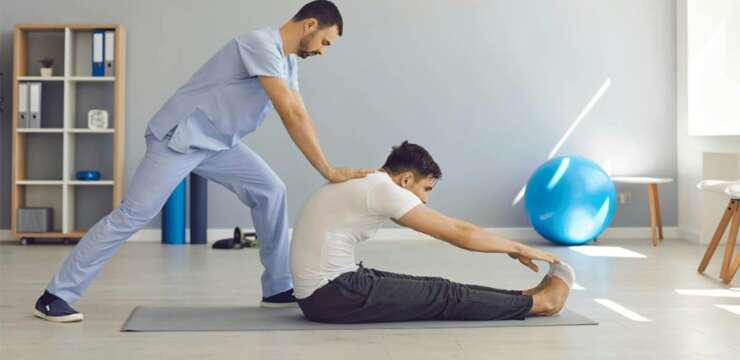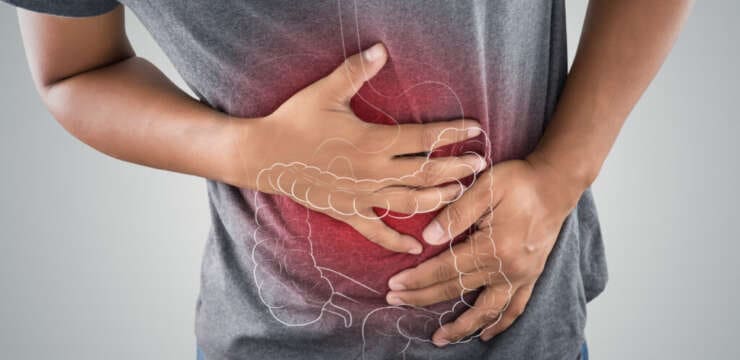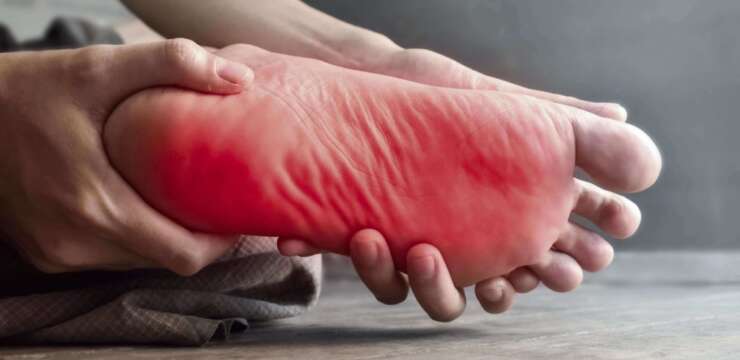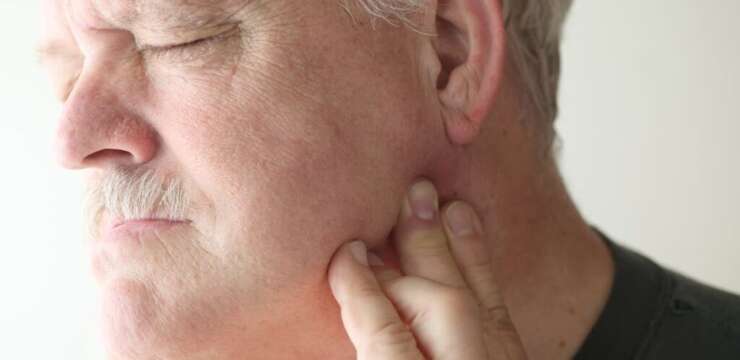For individuals that are trying to change up their daily routine, can incorporating the beneficial properties of a HIIT workout reduce pain? Introduction When it…

Chronic Pain: Everyone feels pain from time to time. Cutting your finger or pulling a muscle, pain is your body’s way of telling you something is wrong. The injury heals, you stop hurting.
Chronic pain works differently. The body keeps hurting weeks, months, or even years after the injury. Doctors define this pain as any pain that lasts for 3 to 6 months or more. The pain can effect your day to day life and mental health. Pain comes from a series of messages that run through the nervous system. When hurt, the injury turns on pain sensors in that area. They send a message in the form of an electrical signal, which travels from nerve to nerve until it reaches the brain. The brain processes the signal and sends out the message that the body is hurt.The brain processes the signal and sends out the message that the body is hurt. The leading causes:
Arthritis
Back problems
Infections
Inflammation
Migraines and other headaches
Nerve damage
Past injuries or surgeries
Dr. Jimenez uses chiropractic, functional medicine, and health coaching to help patients with chronic pain and inflammation.

For individuals that are trying to change up their daily routine, can incorporating the beneficial properties of a HIIT workout reduce pain? Introduction When it…

Can individuals dealing with pain and inflammation in their bodies can incorporate a ketogenic diet and have beneficial results? Introduction When it comes to a…

Can incorporating these 7 exercises help individuals dealing with back pain help promote a healthy spine and functionality? Introduction Many individuals have dealt with back…

Can individuals reduce stress affecting their daily routine through treatments to restore their gut health? Introduction Everybody in the entire world has dealt with stress…

Can individuals dealing with back pain find treatment to reduce gut pain associated with SIBO to improve body health? Introduction Many individuals have noticed that…

Can healthcare professionals implement H.E.A.R.T. protocols for trafficked individuals while providing a safe space? Introduction Across the world, many local media and organizations are paying…

Can individuals incorporate proper posture in their workouts to provide effective results and reduce muscle pain in their bodies? Introduction Many people have started participating…

Can individuals with stiff person syndrome incorporate non-surgical treatments to reduce muscle stiffness and restore muscle mobility? Introduction The musculoskeletal system allows the body’s extremities…

Do individuals with muscle pain know the difference between heat stroke and heat exhaustion and can find ways to stay cool? Introduction As the temperature…

Can individuals with osteoarthritis can incorporate cycling to reduce joint pain and regain their joint mobility? Introduction The joints in the musculoskeletal system allow the…

How do healthcare professionals provide a clinical approach in the role of nursing to reducing pain in individuals? Introduction The practice of Registered Nurses (RN),…

How can healthcare professionals recognize and establish protocols for individuals who are being trafficked and provide a safe place? Introduction Today, we will look at…

How do healthcare professionals provide a clinical approach to recognizing trafficking to individuals seeking a safe environment? Introduction Around the world, there is a phenomenon…

How do healthcare professionals provide a clinical approach to recognizing HIV for individuals in pain and providing relief? Introduction The human body has dealt with…

Can various stretches can help relieve individuals with plantar fasciitis to reduce foot pain and restore gait function? Introduction As human beings, we are constantly…

Can various stretches provide beneficial results for individuals experiencing TMJ pain by providing relief to the jaw? Introduction Many individuals use their jaws to communicate…

Can individuals dealing with musculoskeletal trigger points seek non-surgical treatments to reduce pain in their extremities? Introduction The musculoskeletal system has various muscles, tendons, ligaments,…